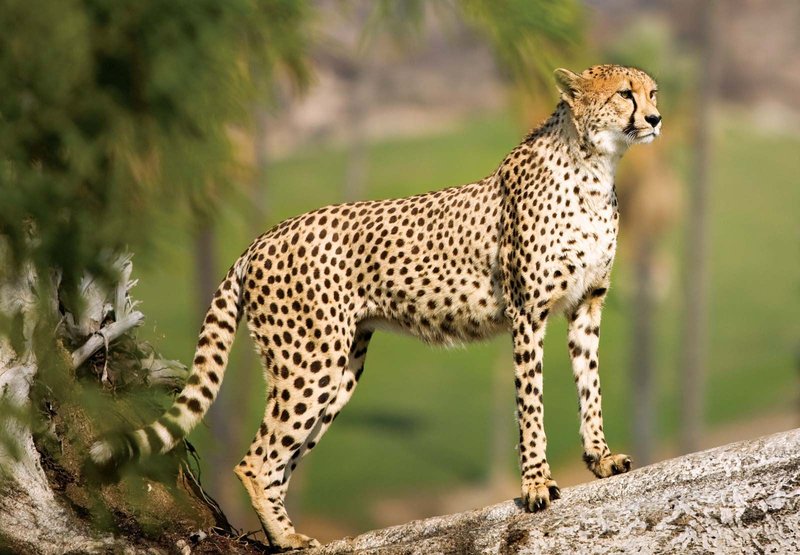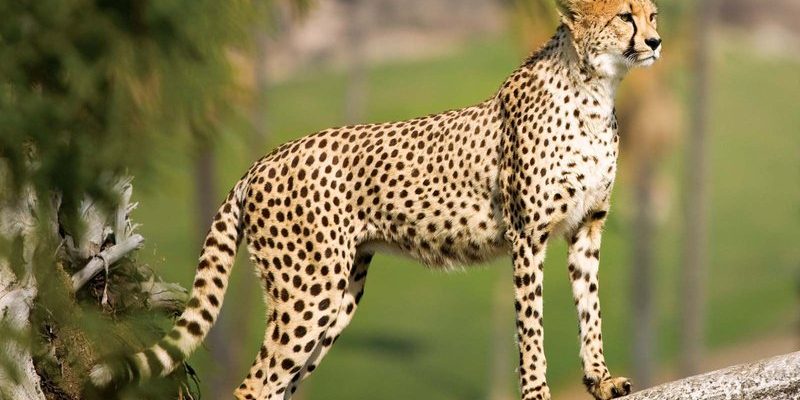
Cheetahs are facing significant challenges in the wild, and their existence hangs in the balance. With their populations dwindling, understanding the reasons behind this decline and what can be done to help is crucial. It’s like watching a high-speed chase in nature, but this time, it’s a race against extinction. Let’s break down the issue and see what we can learn about these magnificent animals and their conservation status.
Current Status of Cheetah Populations
Cheetahs are classified as *vulnerable* by the International Union for Conservation of Nature (IUCN). This means they’re at risk but not yet critically endangered. Currently, it’s estimated that there are about 7,100 cheetahs left in the wild, a stark contrast to the approximately 100,000 that roamed freely a century ago. The vast drop in their numbers raises concerns not just for the species but for the entire ecosystem where they play a significant role.
Their decline isn’t just due to one issue; it’s a complex web of factors. Habitat loss, human-wildlife conflict, and illegal wildlife trade are major threats. Imagine living in a space that shrinks day by day, making it harder to find food and mates. That’s the reality for many cheetahs today. They need large territories to thrive, and as human development spreads, these areas shrink, pushing cheetahs closer to extinction.
Habitat Loss: The Cheetah’s Enemy
Let’s talk about habitat loss first. Cheetahs thrive in open grasslands and savannahs where they can spot prey from a distance and sprint after it. However, as land is converted for agriculture and urban development, their homes are disappearing. Think about it: if someone took away your favorite park or open space, how would you feel? For cheetahs, this means less room to hunt and breed.
Additionally, fencing and barriers meant to separate livestock from wild animals create further obstacles. Cheetahs can easily get trapped, making it difficult for them to move freely. This isolation can lead to inbreeding, reducing genetic diversity, which is vital for a healthy population. A lack of genetic diversity can make them more susceptible to diseases and reduce their overall survival rate.
Human-Wildlife Conflict
Another hurdle for cheetahs is human-wildlife conflict. As people expand into cheetah territories, encounters become inevitable. Cheetahs sometimes prey on livestock, leading farmers to protect their herds at all costs. This can lead to retaliation where farmers kill cheetahs to prevent them from coming back. Imagine waking up to find your breakfast missing because of a hungry cat—it’s frustrating, right? But the cheetah is just trying to survive.
Efforts are being made to promote coexistence by introducing methods like securing livestock enclosures or using guard animals. Educating farmers about the cheetah’s role in the ecosystem is also crucial. After all, without predators like cheetahs, the populations of herbivores can grow too large, which can be disastrous for the land.
Illegal Wildlife Trade
The illegal wildlife trade also poses a significant threat to cheetah populations. Whether for their beautiful skin or to be kept as exotic pets, cheetahs often fall victim to poachers. This trade is not just harmful to the species but also disrupts the ecological balance. It’s like pulling a thread from a sweater—the whole thing can start to unravel.
Many countries have laws against poaching, but enforcement can be weak. There’s a crucial need for stronger policies and better resources for conservationists working on the ground. Supporting organizations that fight against poaching can make a difference, even if it’s just spreading awareness.
Conservation Efforts in Action
Despite the gloomy picture, hope is not lost. Multiple organizations are working tirelessly to protect cheetahs and their habitats. For instance, the Cheetah Conservation Fund (CCF) focuses on education, habitat restoration, and community engagement. They teach local farmers how to coexist with cheetahs, reducing conflicts while promoting conservation.
Additionally, some countries have established protected areas where cheetahs can roam freely without the threats posed by humans. This creates safe havens for them to thrive. Imagine a sanctuary where these fast cats can live as they were intended—it’s an essential step toward ensuring their future.
The Role of Community Involvement
Community involvement is crucial for successful conservation efforts. Local people often play a key role in protecting wildlife, and when they recognize the benefits of preserving cheetahs, the results can be profound. When communities are educated about the importance of cheetahs and the ecosystems they support, they’re more likely to participate in conservation efforts.
Community-based conservation projects can create economic opportunities, too. For instance, ecotourism can provide an alternative income for local people, encouraging them to protect rather than harm wildlife. By working together with local communities, conservationists can create a more sustainable approach to wildlife protection.
What Can You Do to Help?
So, what can you do to help the cheetah? There are several ways you can get involved. Supporting credible wildlife conservation organizations is a great start. You can also spread the word about the plight of cheetahs and the importance of biodiversity in general.
Additionally, consider participating in ecotourism ventures that respect wildlife and support conservation. When you travel, look for opportunities that promote wildlife protection and benefit local communities. Every little bit helps when it comes to safeguarding these incredible animals.
The plight of the cheetah is a sobering reminder of our responsibility towards wildlife. While they face numerous threats, the combined efforts of conservationists, local communities, and passionate individuals can make a significant difference. By understanding the challenges and supporting initiatives aimed at protecting cheetahs, we can help ensure that future generations have the chance to witness the beauty and speed of these magnificent creatures in the wild.
In a world where every second counts, let’s not let the cheetah’s time run out. Together, we can change the narrative and create a brighter future for these remarkable cats.

